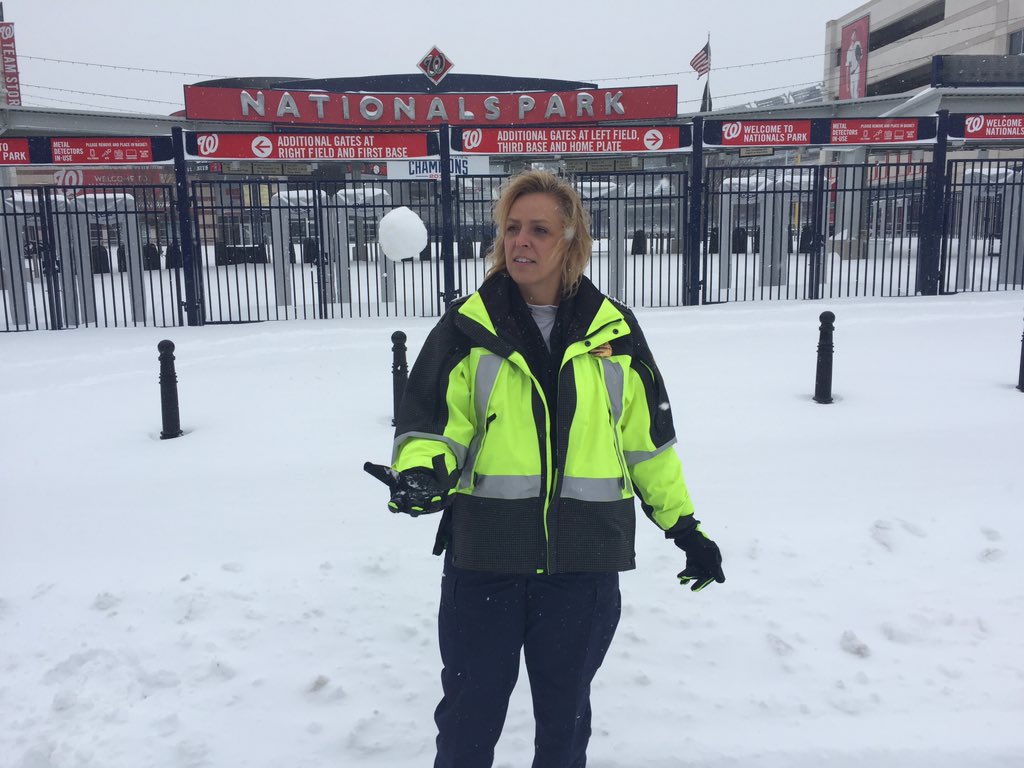WASHINGTON — Metrorail service will return to a regular schedule Friday for the first time since snow began falling a week earlier.
Trains will be shorter than usual since many cars are still out of service due to the storm.
On Tuesday, Wednesday and Thursday, Metro aimed to run trains only every eight minutes on all lines because many rail cars were still being dug out, repaired or inspected.
While that was an increase from the regular service on the Blue Line, it meant longer waits and much more crowding than usual on other lines, particularly the Red Line which does not overlap with any other.
Metro says trains on Friday will be nearly all six car trains, with a few of the usual eight car trains mixed in. Rush hour Yellow Line trains to and from Franconia-Springfield will also resume Friday.
Metro General Manager Paul Wiedefeld said an hour before the announcement Thursday afternoon that the slow return to service is because he does not want to promise service that will not be delivered.
“We owe it to the customers when we put something out to deliver what we said we were going to put out,” he says.
Wiedefeld would not commit to when service would be back to normal.
He says all rail cars have been dug out of the snow, but many are still being inspected or repaired after snow-related issues or problems encountered after the cars hit ice on the third rail.
Only a few Metrobus routes are still expected to have detours Friday, with more than 300 of the routes expected to run on normal schedules.
“I think we did very well given the challenge that we were up against, I really do,” Wiedefeld said when asked to grade Metro’s overall performance.
He hopes to get more parking spaces plowed out soon.
Metro plans a long meeting Tuesday to review the response to the storm and what can be improved for the future.
“Technical things that we can do; I’m used to seeing other types of equipment,” Wiedefeld says, citing his experiences leading BWI Marshall Airport and the Maryland Transit Administration.
“But we also have to be careful that, you know, what is the level you plan for? Do you plan for 24-30 inches, which happens … not that often, or do you plan for the 8-10 inch? And that’s a different investment, so that’s a different strategy,” he says.







